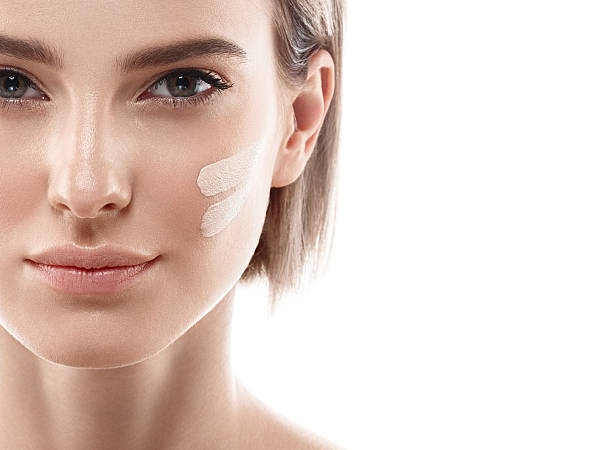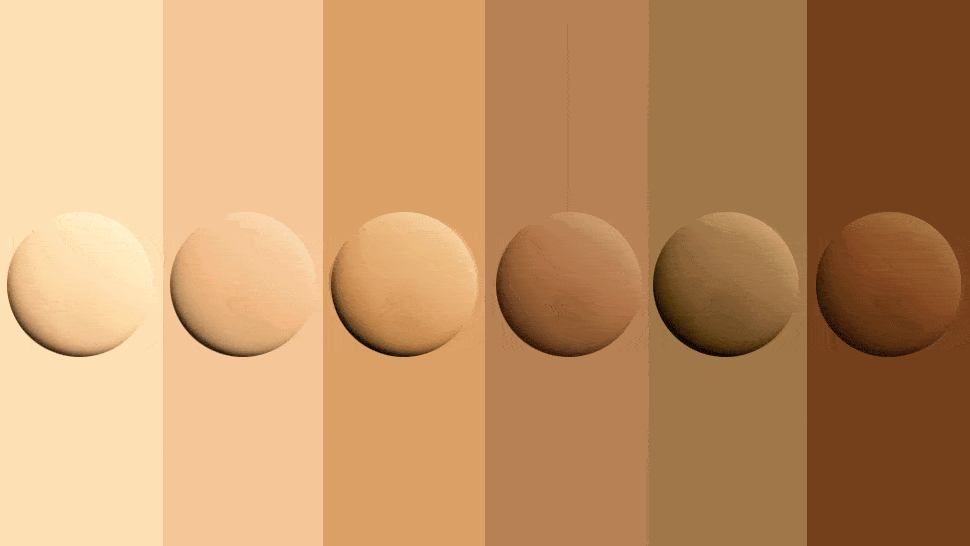Choosing the right foundation shade is one of the most important steps in achieving a flawless makeup look. The perfect foundation can even out your skin tone, cover imperfections, and give your face a natural, radiant finish. However, picking the wrong shade can lead to a noticeable mismatch, making your skin look ashy, orange, or overly pale. With so many products available on the market, selecting the right foundation shade can feel overwhelming. Here’s a detailed guide to help you make the best choice.
1. Understand Your Skin Tone

The first step in choosing a foundation is identifying your skin tone. Skin tones generally fall into three main categories: light, medium, and deep. However, each category can have multiple sub-tones, so it’s important to be more specific. Your skin tone is the general color of your skin, which may remain consistent across your face, neck, and chest.
2. Determine Your Undertone
Undertones are the subtle hues beneath the surface of your skin. They are categorized into three types:
- Cool: Pink, red, or bluish undertones.
- Warm: Yellow, golden, or peachy undertones.
- Neutral: A balanced mix of warm and cool tones.
Knowing your undertone is crucial because a foundation with the wrong undertone can make your skin look unnatural. For example, a foundation with pink undertones may make warm skin look sallow, while a yellow-toned foundation can make cool skin appear orange.
How to Identify Your Undertone:
- Look at your veins: If they appear blue or purple, you likely have cool undertones; green veins indicate warm undertones; a mix suggests neutral undertones.
- Jewelry test: Gold jewelry usually complements warm undertones, while silver looks better on cool undertones. If both look good, you may have a neutral undertone.
- Sun reaction: If your skin burns easily, you probably have cool undertones; if you tan easily, warm undertones are likely.
3. Test Multiple Shades

Once you know your undertone, test several foundation shades before committing. Many makeup stores provide testers, which allow you to try products on your skin. The best place to swatch foundation is on your jawline or the side of your face, not your hand, as the skin on your face may differ in tone from your hands.
When testing, apply a small line of foundation along your jawline and blend it out. The ideal shade should disappear seamlessly into your skin, creating a natural transition between your face and neck. If the foundation looks too light, dark, or ashy, it’s not the right match.
4. Consider Seasonal Changes
Skin tone can change with the seasons due to sun exposure. Many people find their skin is lighter in the winter and darker in the summer. It’s wise to have two foundation shades: one for warmer months and one for cooler months. Some brands even offer adjustable foundations or mixing formulas to help create the perfect seasonal match.
5. Think About Your Finish and Formula
Foundation isn’t just about color; the formula and finish also play a role in achieving the right look. Different formulations—liquid, cream, powder, or stick—interact differently with your skin. For instance:
- Liquid foundations: Ideal for normal to dry skin, providing a dewy or satin finish.
- Matte foundations: Best for oily skin, reducing shine.
- Powder foundations: Good for quick touch-ups or oily areas.
- Stick foundations: Provide more coverage and are convenient for on-the-go application.
Your choice of foundation finish can slightly affect how the shade looks on your skin, so test the formula alongside the shade.
6. Don’t Forget Lighting

Always check the foundation shade under natural light. Store lighting can be misleading, sometimes making a foundation look lighter or darker than it really is. Testing near a window or using a daylight lamp ensures you see the shade accurately.
7. Ask for Professional Help
If you’re unsure, many beauty stores offer professional assistance. Makeup artists can help match your shade accurately and provide tips on application techniques. They can also suggest complementary products like primers and concealers to enhance the overall finish.
Conclusion
Choosing the right foundation shade is a blend of understanding your skin tone, identifying your undertone, testing multiple shades, and considering your skin’s needs. A well-chosen foundation enhances your natural beauty, creating a smooth, even complexion that looks effortless. Take your time to test shades, observe them in different lighting, and consider seasonal variations to ensure your foundation always looks flawless. With these tips, you can confidently select a foundation that complements your skin perfectly.

